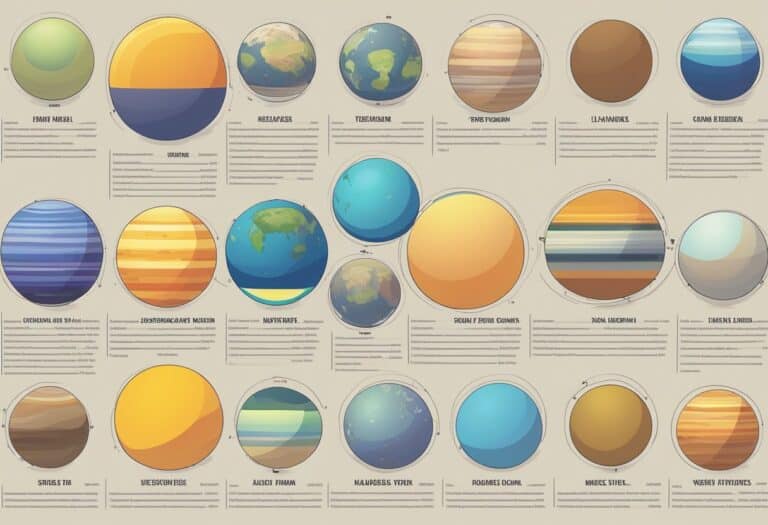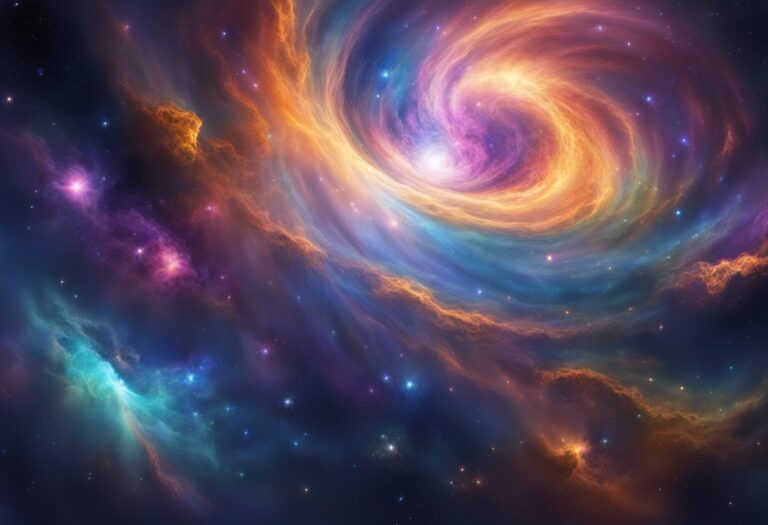Stargazing is a timeless activity that allows us to observe the vast universe from the comfort of our planet.
For the aspiring astronomer or the romantic observer, finding the best star viewing spots in the world is often a journey combining geography with timing. Light pollution, atmospheric conditions, and even the time of year play crucial roles in the visibility and majesty of the night sky. To experience the cosmos in its full glory, one must venture to places where these variables align perfectly.
Selecting the perfect time to lay down beneath the stars is as important as choosing the location. Although a spontaneous glance upwards on a clear night can be rewarding, planning around new moon phases and meteor showers can greatly enhance the experience. With a little preparation and the right equipment, such as a telescope or a decent camera, the night sky can offer a spectacular show.
Dark sky reserves and renowned stargazing sites around the world offer breathtaking views of the heavens above, promising an unforgettable celestial adventure.
The top spots for star viewing globally include the Atacama Desert, Mauna Kea, and the Namib Desert, known for minimal light pollution and high altitude. Optimal times include new moon phases and meteor showers, with Dark Sky Reserves offering the best celestial views.
Optimal Star Viewing Conditions
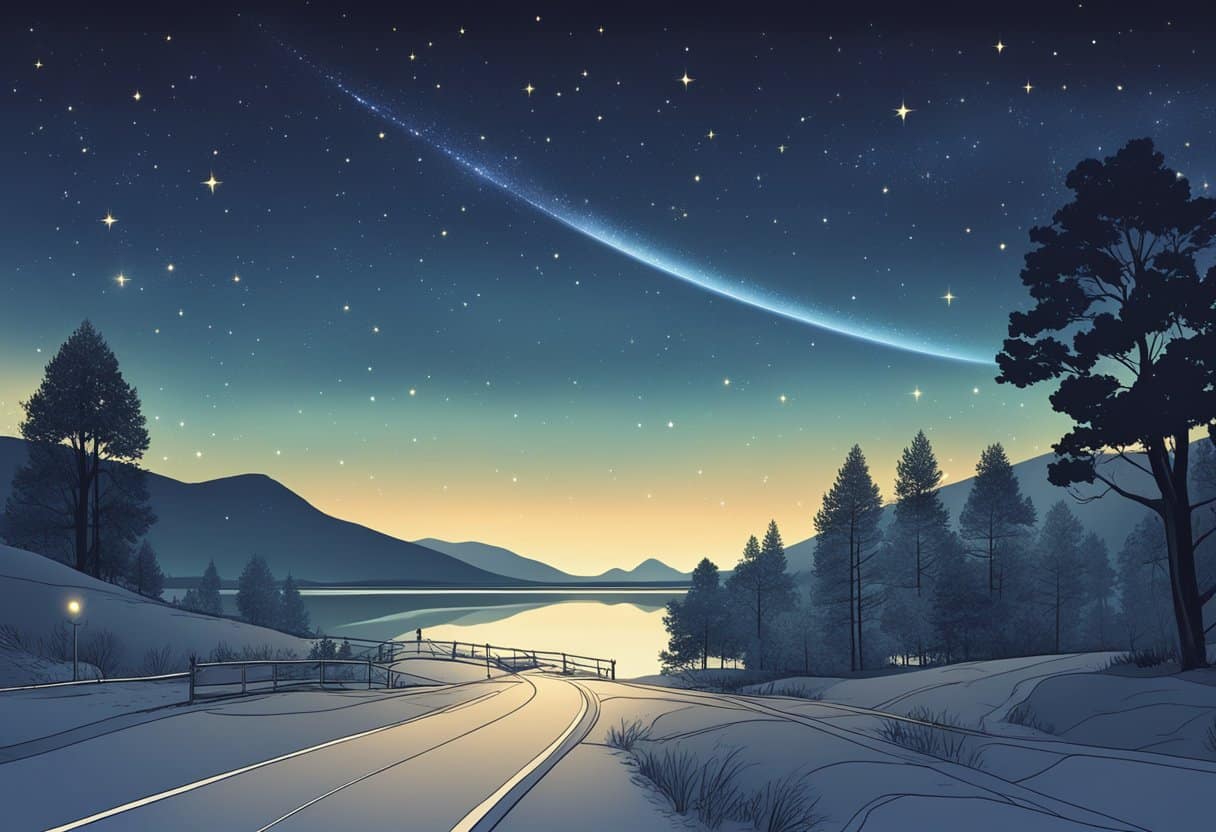
When you’re seeking the best star viewing experience, consider three crucial factors: location in dark sky areas, areas with minimal light pollution, and high altitude locations.
Dark Sky Areas
Dark sky areas are essential for optimal star viewing because they are recognized for having an absence of artificial light. Examples include designated International Dark Sky Parks, where you can observe the Milky Way with striking clarity. National parks often fall into this category, offering protected skies for astronomy enthusiasts.
Minimal Light Pollution
Areas with minimal light pollution dramatically enhance the quality of your stargazing. Find places where artificial lighting is heavily regulated or is at a great distance from observation points. This creates ideal conditions for you to view fainter objects, such as nebulae or distant galaxies, that are typically obscured in urban settings.
High Altitude Locations
Seeking out high altitude locations can provide two significant advantages for stargazers: thinner atmosphere and clearer skies. High altitudes mean less atmospheric distortion and pollution, which results in sharper images of the stars. Locations like Mauna Kea in Hawaii are renowned for their clear, calm, and dry conditions, perfect for stargazing.
Best Times of Year for Star Gazing
When you’re planning to explore the night sky, timing is everything. Your experience is influenced by both the season and astronomical events. For optimal star gazing, consider the following times of the year:
Spring:
- New Moon: The absence of moonlight makes for darker skies and more visible stars.
- March Equinox: You have a chance to observe constellations from both hemispheres.
Summer:
- Milky Way Visibility: From late May through early August, the Milky Way is most visible.
- Meteor Showers: Clear summer nights are perfect for meteor showers like the Perseids in August.
Autumn:
- Cooler Temperatures: Heat waves can disturb the atmosphere. Cooler fall temperatures provide steadier air.
- Longer Nights: With longer nights, you have more time to observe the sky.
Winter:
- Crisp Atmosphere: Cold air holds less moisture, resulting in clearer skies.
- Geminids Meteor Shower: December’s Geminids are a highlight, producing up to 120 meteors per hour.
Remember, light pollution significantly affects visibility. For the best experience, find a location far from city lights. Additionally, be sure to check the lunar calendar and plan around moonless nights. Equip yourself with a reliable guide like NightWatch: A Practical Guide to Viewing the Universe to enhance your stargazing sessions.
Top Star Gazing Destinations Worldwide
When searching for the best places to observe the night sky, you’ll want to visit areas with low light pollution and clear skies. The following destinations are renowned globally for their astronomical observation conditions.
Atacama Desert, Chile
The Atacama Desert is arguably one of the best stargazing spots on Earth. Its high altitude, coupled with dry air and minimal light interference, creates perfect conditions for night sky observation.
Mauna Kea, Hawaii
At over 13,000 feet, the summit of Mauna Kea presents you with a breathtaking view above the cloud cover. The isolated location in the Pacific Ocean ensures some of the clearest views of the stars.
Namib Desert, Namibia
The Namib Desert offers a unique stargazing experience with its dark, unpolluted skies. The lack of artificial lighting allows your eyes to capture the magnificence of the Milky Way with striking clarity.
Astronomy Events and Dark Sky Reserves
When you venture into Dark Sky Reserves, you’re entering sanctuaries of the night where artificial light is minimal, providing an optimal environment for stargazing. These reserves are specifically designated for astronomical observation, which means they offer some of the clearest views of celestial events.
Scheduled astronomy events can include meteor showers, planetary alignments, or the appearance of comets. They’re often more visible here due to the low light pollution. To experience such events, the Mont-Mégantic Observatory in Québec, Canada, is an established Dark Sky Reserve known for its breathtaking views.
Astronomy tourism isn’t just about seeing stars; it’s about appreciating our place in the cosmos. For instance, in regions known for their dark skies, you can often witness the awe-inspiring spectacle of the Aurora Australis.
To aid your exploration, ICTs (Information and Communication Technologies) can enhance the experience. They provide virtual star charts and calendars for upcoming astronomy events, as detailed in the study on astronomy tourism and well-being.
Consider adding these destinations to your travel list:
- Mont-Mégantic Observatory, Québec, Canada: Pristine night skies await you for various astronomical events.
- International Dark Sky Reserves: Spread worldwide, each offers unique viewing experiences, including star trails and the Milky Way.
Remember to check the local event schedules and plan your visit around new moons for darker skies and more visible stars.
Essential Star Gazing Equipment
When stargazing, your experience can be vastly improved with the right equipment. Binoculars are a great starting point, offering an affordable and portable option to get a closer look at the night sky.
For a more magnified view, consider a telescope. The two main types are:
- Refractor Telescopes: Best for clear, high-contrast observing.
- Reflector Telescopes: Offer larger aperture sizes for their cost, ideal for deep-sky viewing.
To enhance your stargazing, a few key accessories are also recommended:
| Accessory | Purpose |
|---|---|
| Star Charts | Helps identify celestial objects and constellations. |
| Red Flashlight | Preserves night vision while illuminating your charts. |
| Planisphere | A rotating star map adjusted for date and time to view accurate star positions. |
Lastly, for long observation sessions, a comfortable chair or blanket can make a big difference. Remember, the quality of your gear matters, but the clearness of the night sky is just as critical. Choose equipment that best suits your personal interest in astronomy, whether it’s observing planets, moon craters, or distant galaxies.
Photographing the Night Sky
When you venture out to capture stars, it’s imperative to equip yourself with the right gear. A sturdy tripod and a camera capable of manual settings are essential for long exposure shots. Use a wide-angle lens to encompass more of the sky, and set your aperture to the lowest number.
Camera Settings:
- ISO: Begin at 1600 and adjust accordingly for brightness.
- Aperture: f/2.8 is ideal; if unavailable, the lowest possible on your lens.
- Shutter Speed: Start with 20 seconds to avoid star trailing.
Ideal locations are far from the light pollution of cities. Dark Sky Parks offer the least obstructed view of the cosmos. Consulting a light pollution map can aid in finding the best spots near you.
To focus, switch to manual and aim at a bright star, using live view to magnify and fine-tune sharpness. Remote shutter releases or your camera’s timer reduce shake.
For enhanced detail and minimal noise, consider taking multiple exposures of the same scene to stack them using post-processing software.
Memorable captures often include foreground interest like trees or mountains, which adds depth to your starry sky compositions. Plan your shoot around the moon phases; a new moon night is optimal for the Milky Way, while a crescent moon can provide subtle landscape illumination.
If you’re interested in shooting more than just stars, explore techniques for capturing other celestial phenomena with “Photography: Night Sky: A Field Guide for Shooting after Dark.”
Frequently Asked Questions
Navigating the night sky’s vast beauty hinges on location. This guide pinpointing where you can uncover the clearest, dark skies will serve as your compass to celestial wonders.
What locations in New Zealand offer the best experience for stargazing?
New Zealand’s South Island is renowned for its stellar stargazing spots. Lake Tekapo, within the Aoraki Mackenzie International Dark Sky Reserve, provides a magnificent night-time tableau, free from light pollution.
Where can one find the darkest skies suitable for star viewing?
Chile’s Atacama Desert is home to some of the darkest skies on the planet, ideal for observing the Milky Way and other deep space objects in extraordinary detail.
What are some top-ranked places in the USA to see a vivid night sky?
The USA boasts several International Dark Sky Parks, with Utah’s Natural Bridges National Monument and Arizona’s Grand Canyon-Parashant National Monument being prime locations for stargazers to visit.
Which destinations in Europe are recommended for observing the stars?
Spain’s Canary Islands, especially Tenerife, and La Palma offer some of Europe’s best stargazing experiences. The high altitude and stable atmospheric conditions create an unparalleled star viewing environment.
Which locations around the world are known for having the clearest night sky?
The Namib Desert in Namibia, with its remote, unpolluted skies, allows for a stunning night vision of the stars, often complemented by sightings of the elusive Milky Way.
What are some globally renowned spots for witnessing a stunningly star-filled sky?
Australia’s Uluru and the Tibetan Plateau in China are celebrated globally for their clear skies. Star enthusiasts gather here to marvel at the night sky’s awe-inspiring display, virtually untouched by light interference.

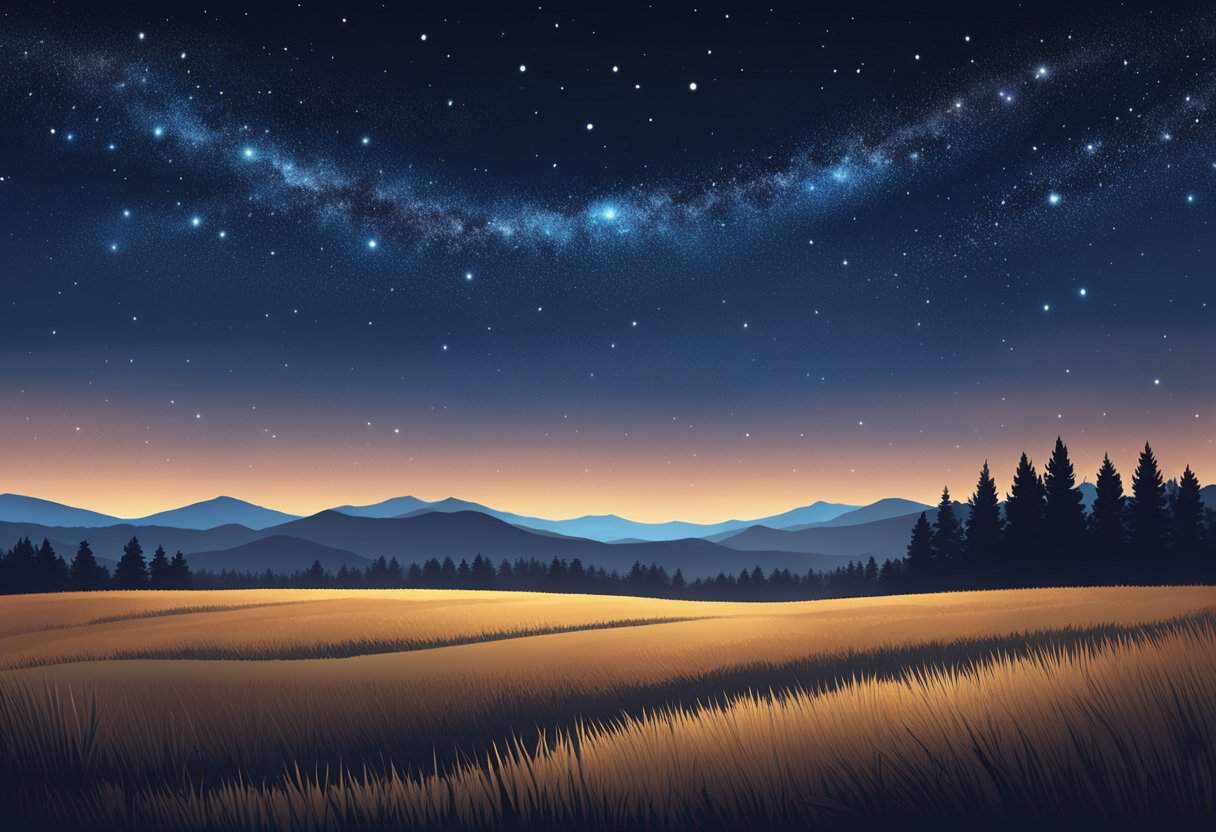
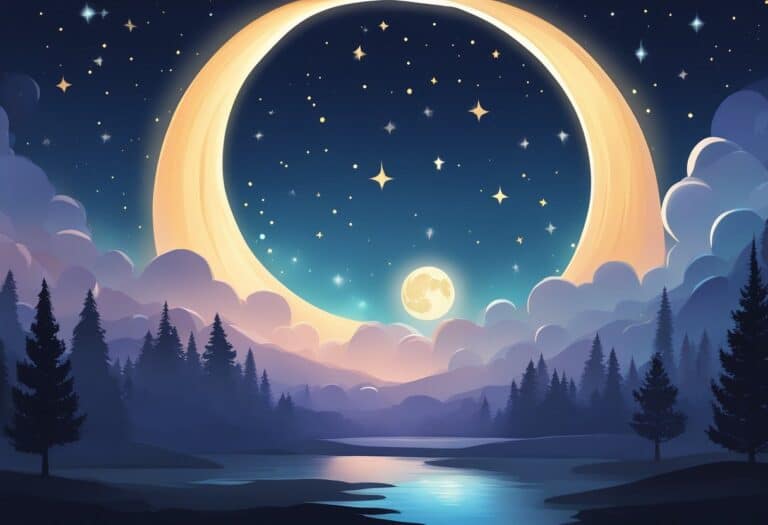
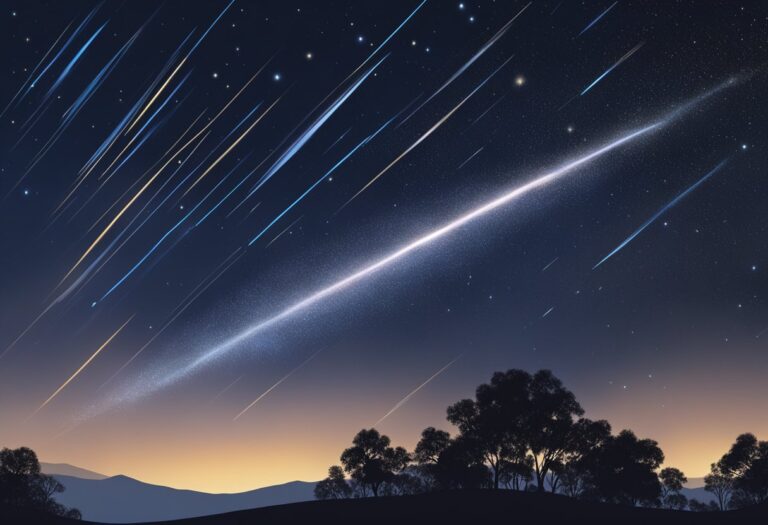

![Best Star Projectors: Top [year] Picks](https://observationhobbies.com/wp-content/uploads/2024/01/Best-Star-Projectors-768x525.png)
